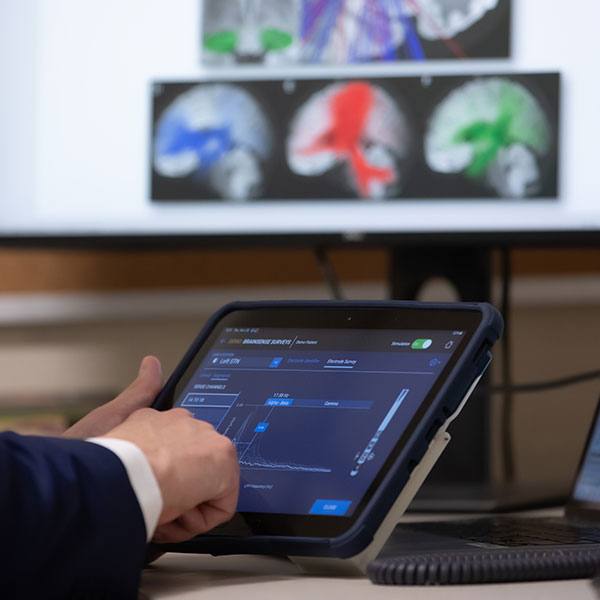-
Mayo Clinic Minute: How awake spinal surgery benefits patients
Mayo Clinic is among the first in the world to perform a spinal fusion surgery, called TLIF, with robotic assistance and incorporating spinal anesthesia, meaning the patient is awake. TLIF stands for transforaminal lumbar interbody fusion. It's a specific kind of spinal fusion to help stabilize the spine because of degenerative, traumatic or cancer-related issues that may have caused underlying instability.
In this Mayo Clinic Minute, Dr. Selby Chen explains how these awake spinal surgeries can result in shorter operating room time and less postoperative pain, compared to surgeries done under general anesthesia.
Watch: The Mayo Clinic Minute.
Journalists: Broadcast-quality video (1:10) is in the downloads at the end of this post. Please courtesy: "Mayo Clinic News Network." Read the script.
"The awake robotic approach to the minimally invasive TLIF is very unique," says Dr. Chen, a Mayo Clinic neurosurgeon whose primary focus is on robotically assisted minimally invasive spinal surgery. He says it's important to have an innovative mindset.
"With improving technology or with robotic assistance and approving anesthetic techniques, we are hopefully able to improve patient outcomes in ways that we were not able to achieve before. And with our dedication to patient care, it's important to optimize everything we do for patients, however we see it may benefit them," says Dr. Chen.
Performing the surgery while the patient is still awake, eliminates the risks associated with general anesthesia, while also allowing for faster and better recovery.
There are also advantages from a surgeon's perspective.
"Induction of spinal anesthesia is faster than induction of general anesthesia. And so we're able to get the cases started quicker," says Dr. Chen.
The robotic assistance enhances the accuracy of screw placement, leading to improved safety for patients.







